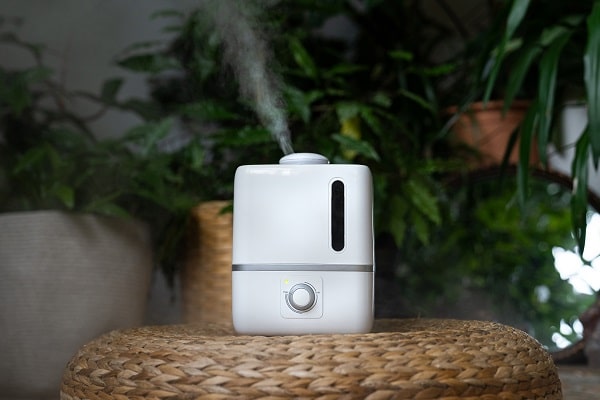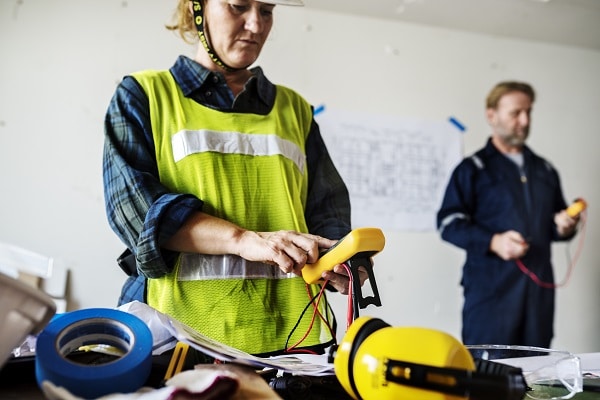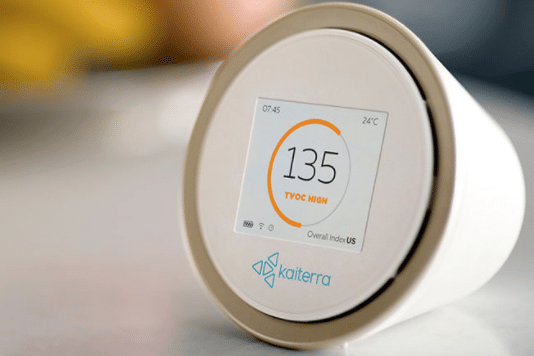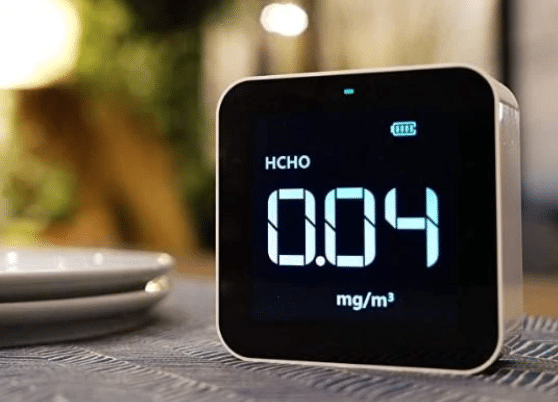The quality of the air you inhale can add to health issues like allergies and asthma. It’s not just the air quality outdoors that exposes us to pollutants. According to the World Health Organization (WHO), nine out of every ten people worldwide breathe polluted air regularly. As many as ninety-three percent of children below eighteen live in conditions with pollution intensities that bypass WHO guidelines of a safe atmosphere. You can’t always check the pollution outside, but you can secure better health for your family by improving indoor air quality. It starts by recognizing levels of indoor contaminants and finding ways to replace them with fresh air.
Take the subsequent actions to build a healthier indoor atmosphere where your family breathes a little easier.
- Acquire an indoor air condition monitor.
- Evaluate signs of health.
- Monitor radon and carbon monoxide levels. If you feel symptoms you suspect are due to indoor air quality, getting an air quality monitor helps pinpoint the issue. By monitoring indoor air pollution levels, you can take measures to get back fresh air into your house and a little peace of mind, hopefully.
- Arrange an air purifier.
- Invite an air quality expert.
Contents
Purchase an Indoor Air Quality Monitor

Look for air quality sensors that provide the air quality measurements. Humidity indicates potential growth for mold. Volatile organic compounds are the chemical pollutants distinguished by the EPA as potential sources of indoor air quality problems and emanate from building material, carpeting, etc. Particulate matter levels are the level of allergens and dust present in the air. The air quality index defines the hazard of health problems associated with outdoor and indoor and pollution. Few air quality monitors give additional information like outdoor air quality and carbon dioxide levels or carbon monoxide.
Evaluate Health Symptoms

Once you get the readout on your necessary air quality, it may help track health symptoms for a few weeks. Try and see if you can follow them to a specific area or a particular time of the day. For example, if you feel a headache and congestion only while you are at the office, your home air quality may not be a problem.
The kind of symptoms you experience may also give clues about the source of the problem. Confusion and nausea track more similarly to symptoms of dangerous levels of carbon monoxide in the home. Watery eyes or a scratchy throat are more often indicators of an allergic reaction to potential pollutants.
Monitor Carbon Monoxide And Radon Levels

Two of the most hazardous substances that can affect indoor air quality are radon and carbon monoxide. Carbon monoxide is also known as the silent killer. It is a colorless and odorless gas that can develop to dangerous levels in inadequately ventilated places. Because of the hazard to children, the elderly, and pets, you should monitor carbon monoxide at all home levels. Review the best carbon monoxide detectors’ recommendations to determine which one is the right fit for your family. The Environmental Protection Agency (EPA) says long-term radon exposure is the second-leading cause of lung cancer in the United States. If you detect radon levels in your house, you should get the help of a professional immediately.
Get An Air Purifier

Once you identify the potential air quality problem in your home, an air purifier may be able to address some of your anxieties. Air fresheners help allergy and asthma patients by eliminating particulate matter from the air. Air purifiers cleanse the air with two methods. One is to deliver negatively energized ions, which makes pollutants stick to surfaces in the vicinity. The other way is to use HEPA filters to choose and collect particulates from the air.
Call An Air Quality Professional

If you observe indoor air quality difficulties, you may hurry to do a few sensible things like duct cleansing and install carbon monoxide detectors. Specific indoor air quality problems, like the presence of radon and mold, can be more tricky and require expert help.
If you have recently renovated, opened up walls to repair pipes, discovered mold developing in your home, your indoor air quality may be hurting. According to the United States Indoor Product Safety Commission, these are the most prevalent ailments connected with indoor air quality problems:
- Throat irritation, eyes, and nose
- Pains
- Dizziness
- Weariness
Asthma, pneumonitis, and humidifier fever are also correlated to long-term exposure to indoor air pollutants. In case you have experienced any of these symptoms, you should consult a doctor or seek medical attention and consider a professional examination to identify potential sources of indoor air pollution.
Best Air Quality Monitor
Kaiterra Laser Egg + Chemical

This air quality monitor provides the most versatility and capability of all the monitors with its straightforward physical controls, clean design, app, and smart functionality. The app itself is the best, stable, and logically laid out, displaying the air quality readings. The device is very convenient to use. A single switch cycles through Kaiterra’s readings, and you can shut the display at night-while the device monitors the air continuously without disturbing your sleep.
Kaiterra has a built-in Apple HomeKit and IFTTT support with Google Home and Alexa. You can program the device to automatically turn on the central AC or the smart air purifier in the event of low air quality.
Temptop M10

If you are not looking for an app or smart functionality and want to take a glimpse at a monitor and know what’s happening in the air, then Temptop M10 is for you. Like Kaiterra, it measures gaseous and particulate pollutants, and the readings are virtually identical in both the monitors. You can read its brighter display from across the room, and its pint-size and straightforward form makes it easy to park it on a bedside table or a desk. It has no app and lacks smart functionality, but it is not an essential weakness. It’s just that the approach to air quality monitoring is different, and it is not heavy on the pocket.
Who Should Get This

Even if you have used the air purifier for years in total confidence that it’s working correctly, you’re still misguided about what air quality conditions it’s facing and when its performance is required the most. It’s because very rare air purifiers present direct air quality readings. Specific models have built-in sensors to regulate the air quality and adjust the machine’s settings to resolve the problem. Still, they don’t usually inform you how much pollution they are measuring and why they are changing.
Any air quality monitor can demystify this by giving you measurements of what’s currently in the air in any shared room in your house. You will have peace of mind when you know what’s in the air. It will reveal pollution sources or patterns and help you take mitigating steps. For example, if you live near a highway, your air quality may go down during peak hours, allowing you to adjust the air purifier or AC in anticipation. Specific monitors can offer you simple tips and advice for how to improve the air. It’s possible to add a connected monitor to turn on the central AC or a smart air purifier in the event of low air quality.
Conclusion
As the saying goes, ” health is wealth,” and bad air quality can victimize you with various health hazards, especially the senior citizens and children. It is better to call in an expert on air quality monitors so that the right air purifier can be installed in your home and grant you peace of mind.



